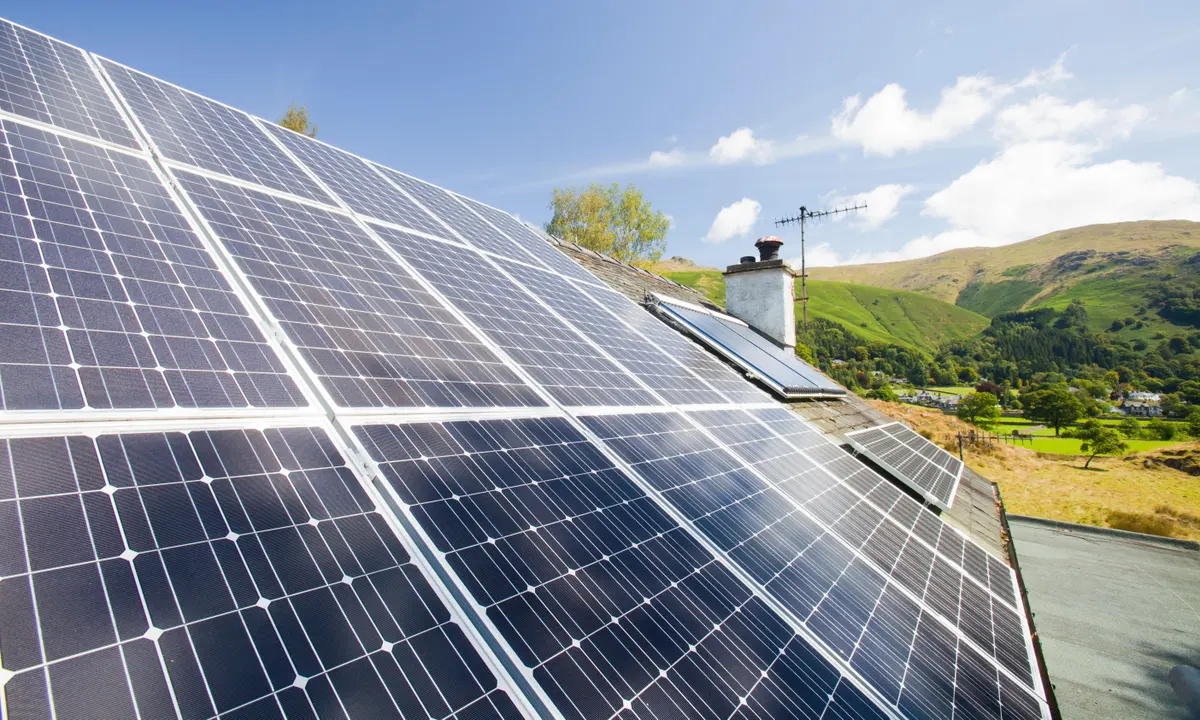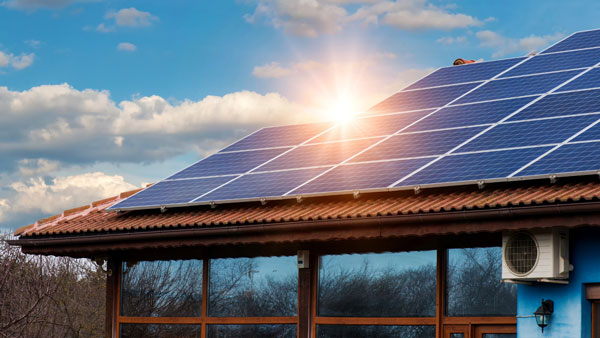5 Environmental Considerations For New Solar Installations
2024-06-07
Habitat Preservation
The new facilities should help preserve habitats when building new solar energy plants. In California, the Springbok Solar Cluster aimed to avoid impacts on undisturbed habitat, installing solar panels on degraded lands in order to preserve more land for wildlife. This strategy conserved the indigenous species of the region and did not affect the wildlife. Site Selection Choose a good site to place the Geofence. Developers can mitigate the environmental impact by selecting low ecological value areas, e.g., disturbed and degraded lands. The Topaz Solar Farm in California uses 3,500 acres of largely open agricultural areas that had already been mostly cleared and had minimal impact on natural habitats. Species Impact Assessments This means full species impact assessments before building a single thing. These studies quantify potential impacts on county wildlife populations, and suggest possible mitigation measures. Sites such as the Desert Sunlight Solar Farm underwent extensive studies to understand how desert tortoise, at risk of extinction, was being affected to the point plans were developed to relocate them and even to conserve habitats. Habitat Restoration Habitat restoration post construction is a proven way to greatly improve ecological outcomes. A good case in point can be observed in the restoration efforts of the Ivanpah Solar Electric Generating System, where original flora were replanted, and efforts were made to return the disrupted landscape to a natural state post-construction to encourage local biodiversity. Monitoring and Management If any unexpected ensembles arise, ongoing monitoring and response can be implemented swiftly. Technology like drones and satellite imaging can be used at solar farms to provide real-time monitoring of the environment, alerting when something goes off kilter like it did at Crescent Dunes in Nevada so stakeholders can act quickly to protect the local ecosystems.
Minimizing Visual Impact
Reducing the visual impact is an environmental consideration when constructing new solar facilities that enables leaving the landscape as we found it and assuaging the public that is anti-uglification attitude. Low-Profile Design Low Profile: Solar panels are made to be as inconspicuous as possible, they blend in well with the roofs where they sit on top on. The Moapa Southern Paiute Solar Project in Nevada, is a ground-mounted system in which panels are no taller than 10 feet, and therefore they blend more naturally into the surrounding desert environment. That method minimizes the impact on sight lines a structure will have the higher it is built. Landscaping And The Use Of Natural Fences Shielding solar panels from view, if desired, is important to do or use landscaping elements and the like to blend the technologies as much into the environment as possible. At Apple Park in California, the solar-installation designers integrated earth mounds and existing hillocks as visual screens that helped the solar arrays to completely disappear to someone at ground level. Color and Material Matching It further identifies visual impact on open spaces, even suggesting that the same materials and colors that naturally occur in the local surroundings can help lessen these visual impacts. For the Kayenta Solar Project in Arizona, panels and infrastructure were selected to match the natural earth-tones of the desert in which the facility is sited, reinforcing the concept that a PV facility need not be an eyesore on the landscape. Strategic Placement By strategically locating solar panels solar panels can be placed so they use the natural contours of the land to reduce their visibility. The Boulder Solar Power Project installed panels in one of those low-lying areas between hills, using the native topography as a form of visual shielding which made them less intrusive in terms of viewshed from most vantages.Soil and Water Protection
The safe guard of soil and water recourses is the indispensable part in the promotion of solar energy. Proper management practices are necessary throughout construction at and after closure to avoid soil erosion and water pollution. Erosion Control Measures Soil erosion control methods are essential to retaining soil stability. Developers of the Red Hills Renewable Energy Park in Utah incorporated silt fences and sediment basins into construction to reduce runoff and sediment displacement. By slowing the velocity of water, these barriers are effective in reducing erosion, as this allows sediment to settle. Use of Non-Toxic Materials Using non-toxic materials in solar panel manufacturing and usage, help in this concern and helps save the natural water bodies from getting contaminated. An example is the Spectrum Solar Project in Nevada which uses cadmium-free photovoltaic cells which avoid the leaching of toxics into the ground and nearby waterways. Stormwater Management Systems In the context of controlling runoff and protecting aquatic ecosystems, is it important to develop integrated stormwater management systems. Land management practices used at the Settlers Landing Solar project in North Carolina, such as an integrated stormwater management system of retention ponds and vegetated swales, are meant to capture and filter stormwater to through detention and conveyance, preventing water pollution by minimizing and controlling the flow of stormwater into adjacent water bodies. Ongoing Monitoring and Upkeep Monitoring and maintaining solar installations regularly will prevent further risks of solar installations on soil and water resources. This would require periodic checks of erosion controls to maintain them functional and all leaks should not fall into the soil or water systems. At the Desert Stateline Solar Facility in California, the proactive approach includes regular monitoring of the stability of the soil and of the facility's water quality, and then, depending on the results, adjusting management practices to prevent potential environmental risks.End-Of-Life Recycling
Creating end-of-life recycling programs for solar panels is a major part of sustainable solar development. This practise minimises waste and recycles valuable materials back into the manufacturing loop. Recycling Infrastructure This is the continuation of a required capacity building for recycling. The EU's PV CYCLE association has established a comprehensive collection network for end-of-life solar panels. In 2021, they boast a recycling efficiency of more than 90%, and reclaim materials like glass, silicon, and aluminum that can be reused in new solar panel manufacturing. Advanced Recycling Techniques What it does is to maximise the recovery of high – value materials by adopting advanced recycling techniques. The program is a refreshingly straightforward process to deconstruct and refine semiconductor materials such as cadmium and tellurium in First Solar's solar panels. According to some of their recent reporting, 95 percent of the semiconductor material and 90 percent of the glass in decommissioned panels are stirrable. Lifecycle Assessment The way that solar panels are manufactured, installed, and decommissioned is assessed through the use of lifecycle assessments, which provides companies with a detailed look into the environmental impacts of solar panels. Improvements in panel design are aimed at recycling with help from assessments. One example is the SHIFT project in Sweden, that tries to design solar panels that can be taken apart, which would be a game-changer with regards to increased recycling efficiency. Cooperative for circular economy Need for shaping partnerships for moving a circular economy forward Organizations like SolarPower Europe, ehich have worked with manufacturers and waste management companies to design recycling solutions that are integrated into the product life cycle. These partnerships have helped to drive the development of new standards and technologies designed to increase the sustainability of solar power.